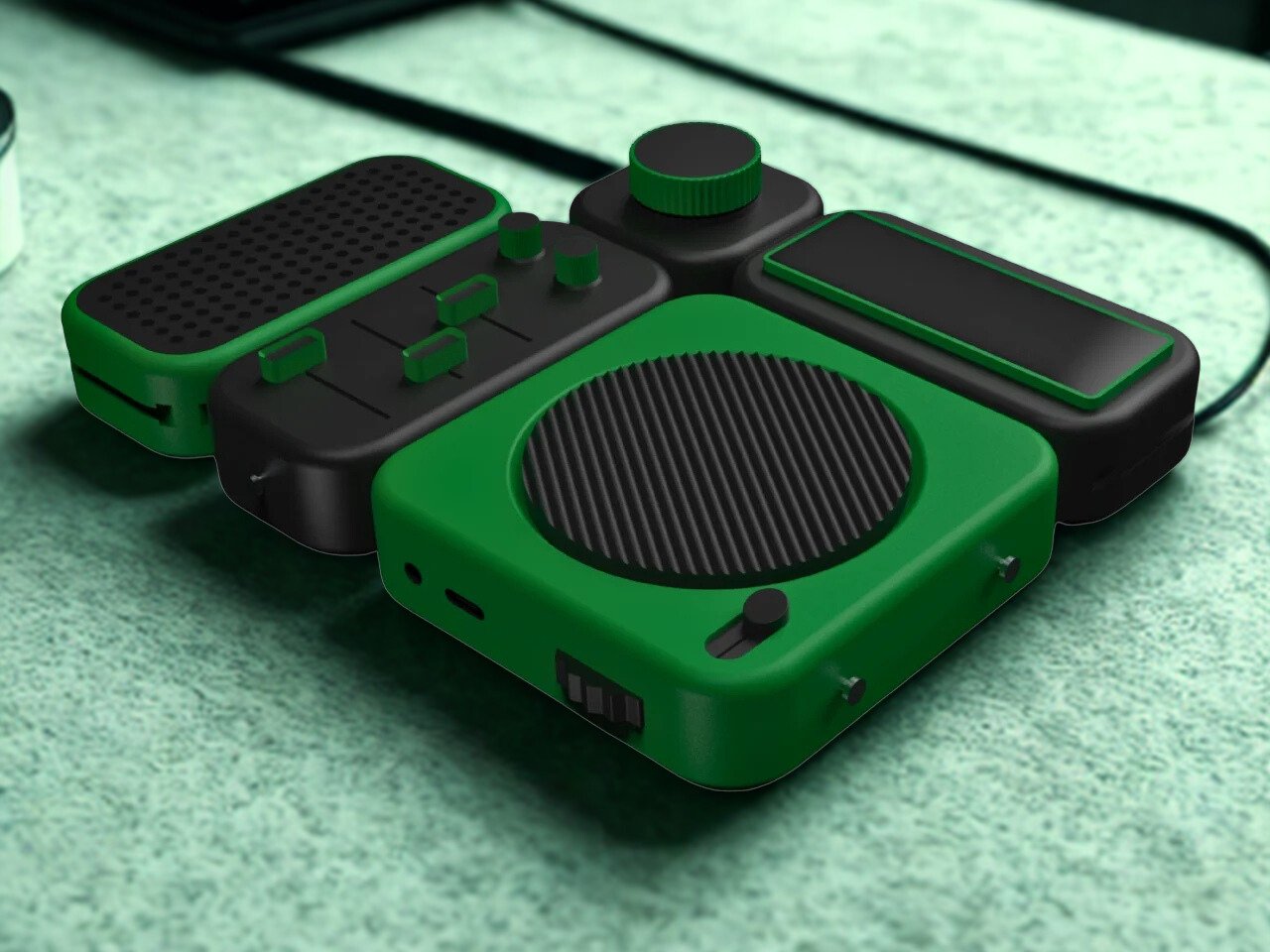If you lived before the advent of music streaming, you’re probably still amazed at how easily accessible music is now. Back in “those days”, you had to either buy the cassette tape/CD/album, wait for the song to play on the radio and record it, or make a “mixed tape” if you wanted to own a piece of music and play it whenever you wanted. Now you just have to open your phone or connect it to your bluteooth speaker and play any music you want from your streaming service of choice. However, there are some things like the tactile joy of listening to music that has been lost somehow. Some product designers are actually trying to come up with concepts to bring back a different music listening experience.
Spotify Aurora (I don’t know if that name would pass though if it becomes an actual product) is one such example of a concept that wants to blend the nostalgic charm of having a physical representation of music with the more modern technology that we have now. It wants to give life to this idea: what if listening to music felt like a ritual again? Drawing inspiration from the tangible pleasure of vinyl records and cassette tapes, Aurora uses RFID-enabled album chips—small, collectible tokens that hold specific albums or playlists. Instead of searching through endless menus, users simply tap an album chip onto the device, instantly queuing up music in a way that feels almost magical.
Designer: Vedant Gugale
Think of the RFID chips as like the cassette/CD/vinyl albums that we used to buy, use, and share around. They are more than just a functional component where you store the music. It can be shared with other music lovers, sent as gifts, and become collectible items for those that still love to collect albums. Like modern mixtapes, they turn digital content into physical mementos. It’s music you can touch, trade, and treasure. Spotify Aurora isn’t just about sound. It’s about experience. The way the components snap together with a satisfying click, the glow of lights that pulse with the beat, the social thrill of handing a friend an album chip—it all transforms listening into a physical, social, and emotional event.
Its modular system also makes it a bit more personal. If you want to add some lighting to enhance your music listening mood, you can slide in a lighting module. You can also add extra speakers if the built-in one is not enough for your listening party. And if you just prefer the stripped down version for your solo listening pleasure, then you can just use the device itself. This flexibility empowers users to build their own unique listening station. Whether you’re curating a cozy solo vibe or turning your living room into a communal soundscape, Aurora adapts to you. Its clean, approachable design encourages experimentation, making music playback feel more like assembling art than operating a gadget.
While still a concept, Spotify Aurora captures a powerful vision: a future where music technology doesn’t isolate us behind screens, but brings us together in moments of shared wonder. It’s a reminder that the magic of music lies not just in what we hear—but in how we feel, share, and engage with it.
The post Modular music player concept uses RFID chips for a tactile listening experience first appeared on Yanko Design.

